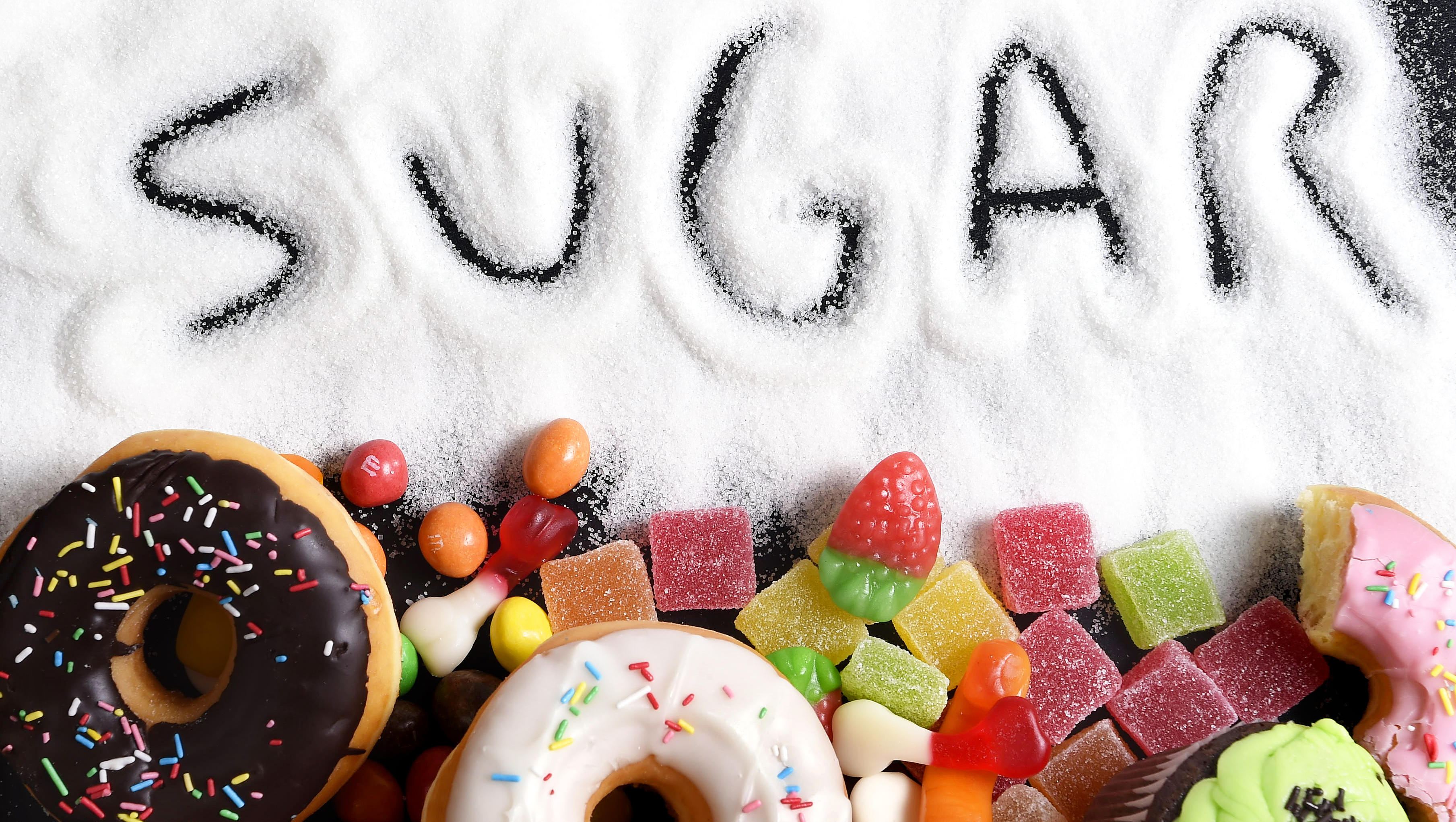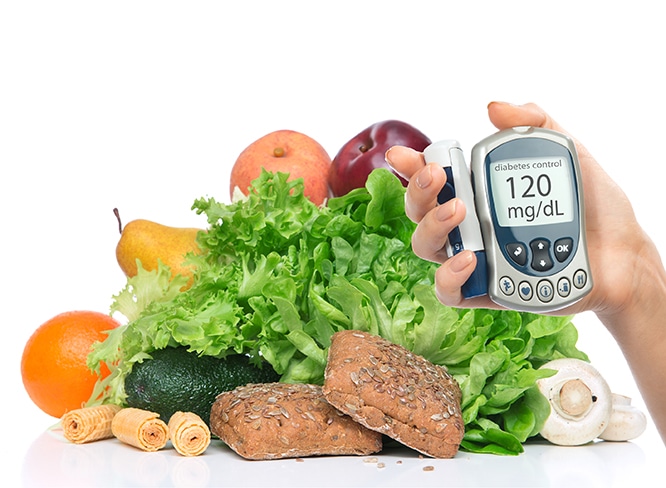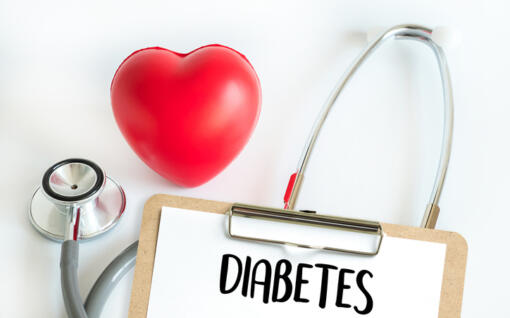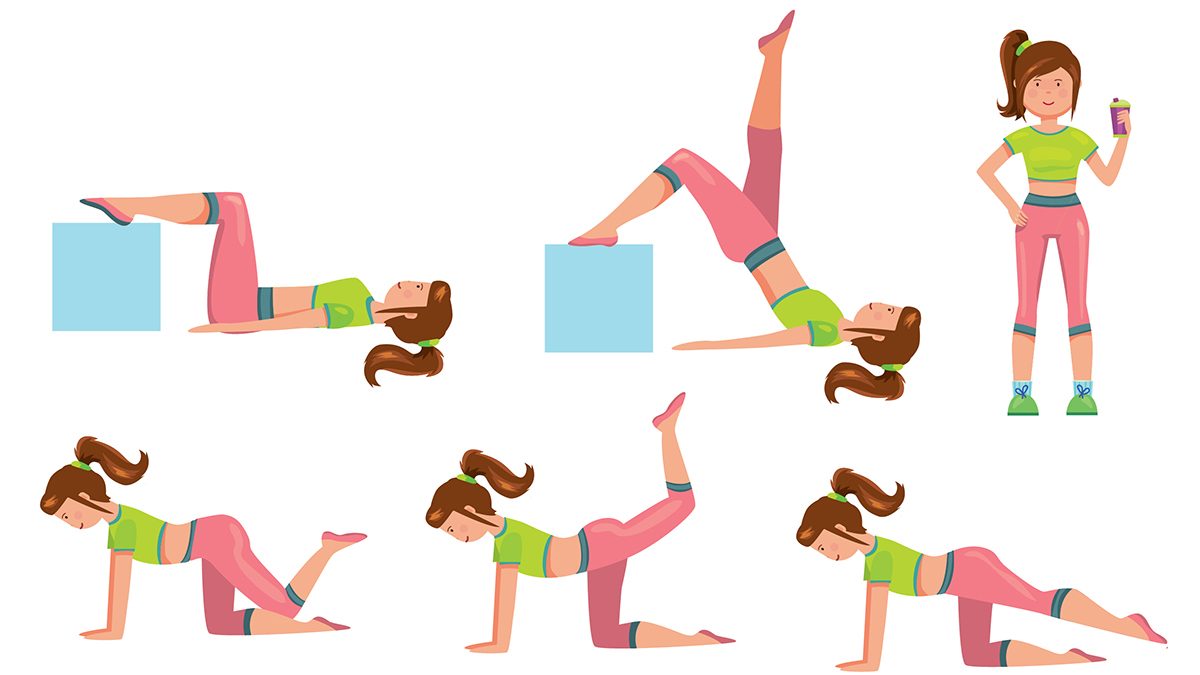You are not alone. There are more than 422 million
people in the world along with you are struggling to manage blood sugar level.
You can be the one. Data suggests there will be
more than 470 million pre-diabetes (blood sugar in between normal and diabetic
range) by 2030.
If you are a diabetic, regular medication,
restrictions with diabetic
diet have
probably made your life bitter, dull or full of guilt.
However, the good news is science has proved
that you can reverse diabetes at any time. Yes, gone are those days when you
were told to deal with diabetes for the rest of your life. So do you think
wasting time following the diabetic diet plan is
a good idea anymore?
What
is a diabetic diet?
It is all about restriction- for the
rest of your life. It is all about
• don’t eat anything
sweet.
• Eat the least amount of carbohydrate
• Eat more protein.
Right? In other word,
• Stop eating
almost everything you like, as 80% of your favourite foods are sweet to some
extent.
• Eat a spoon of rice, or better stop rice completely. Eat one roti a day
instead.
• Never eat potatoes – they are poisons
• Eat only boiled vegetables, soup, and salads.
• Eat bitter kinds of stuff to balance your blood sugar
But you are smart and medicine
companies are smarter. They have designed zero calorie sweeteners to bring back
all the sweetness in your life. And you are probably using them regularly to
your tea/ coffee and even to make desserts. Right?
Have you noticed, during parties or
social gathering, the person who focuses mostly on dessert table is generally a
diabetic?
What’s
wrong with diabetic patients?
The breakup
of the relationship between insulin and blood sugar leads to develop diabetes.
Insulin is the key factor which helps to transport sugar from the blood to
cells. In type 1 diabetes, the body stops producing insulin whereas, in type
2(the common form), the body stop responding to insulin and later starts
producing less insulin.
We eat to fulfil our satiety, to nourish our body and mind. That’s what lack
during diabetes. Carbohydrate after digestion split into simple sugar and
absorbed in the bloodstream but unable to get into the cells to release energy
and nourish the body. Therefore your cells stay hungry, undernourished and lack
of energy. That means you need support to –
• control
your blood sugar and,
• enhance your insulin response

A diabetic diet is a myth
The study says, overweight or obese people have a greater risk of diabetes and
diabetic patients are much likely to develop hypertension and cardiovascular
diseases. That means fixing one problem will help to prevent others.
Actually, a “true” diabetic diet is nothing but a normal healthy diet which
irrespective of having diabetes or not, one should always follow. Therefore
restricting yourself to any “fad” diabetic diet is not a wise choice.
If not a diabetic diet then what to
eat for preventing, controlling and reversing?
Eat a balanced diet. Your cells are hungry for nutrition. Focus on
quality than quantity. Do not worsen the situation with the bad quality huge
amount of food rather practice eating less but consume only good quality food.
You must be thinking, what is good quality food? No, I am not pointing out
towards expensive or exotic foods. Have trust in your kitchen. Indulge in
homemade food.
Not a diabetic diet – 1. No more “no sugar”
Yes, you read that right. Be smart to pick your sugar. You can satisfy your taste buds with a limited
amount of sugar. But be wise enough to pick the right sugar. Don’t eat any
sugary item alone; eat it as a part of the meal during breakfast or lunch.
There are three types of sugar.
1. Natural sugar – It includes mainly fruits and vegetables.
Feel free to satisfy your sweet cravings with a moderate amount of natural
sugar. You can finish your meal with a few pieces of sweet fruits (mango, custard
apple, banana, apple, grapes, oranges, lemon, lime, pomegranate etc.) to
satisfy your sweet tooth. Eat only one variety a day and try eating at least
3-4 varieties of fruits in a week. Just remember not to overeat.
2. Processed sugar– It is the normal sugar that we get from sugar
cane or beetroot. Jaggery also comes under this category though it is
traditionally made and less processed. It is okay to include 1 -2 teaspoons of
sugar or jaggery in the daily diet. So if you struggle to drink tea/coffee without
sugar you can think of adding one or half spoon to it.
3. Ultra-processed sugar
products – Ultra processed sugar products can be
categorized into – sugary junk and junk with hidden sugar. Both the category is
a strict “no” for all.
Sugary junk includes-
carbonated beverages, frozen dessert, factory-made cake, chocolate, donut,
pastry, brownie, canned fruit juices, cookies, biscuits etc. You can recognize
them easily.
Junk with hidden sugar– They are relatively
difficult to spot. Most of your (actually all) healthy breakfast cereals,
cornflakes, muesli, protein bar, granola, salad dressing, dips, spreads, sauce etc.
are comes under this category. Do not fall in the trap of “no sugar” or “zero
sugar”. Food companies use at least 65 names for sugar. So even if sugar as in
s-u-g-a-r is not mentioned on the label, be assured the products are loaded
with sugar with a different name.
Being diabetic you must not even think
of this category. Remember these foods are designed to be addictive and you
can’t stop having a single small bite. Even a single bite also loaded with
sugar that your body cannot afford. So the best way to control is not buying
them at all.
Depressed? Don’t buy them but make them
at home. Yes, a piece of homemade cake is far better than having it from
outside. Any of the homemade versions contains at least 3 times less sugar than
the purchased one. But remember, I have said, one piece once a while.

Not a diabetic diet –2. Choose quality over
quantity for carbohydrates
If you are diabetic, what not you have tried right? You have probably
replaced your rice with roti, stopped carbohydrate completely and what not. No,
you don’t have to try this hard. All you need to do is focus on your
carbohydrate quality over quantity.
Limit consumption of simple carbs – rice, roti, noodles, pasta, bread etc. Add
complex carbohydrate, dietary fibre -whole grain, vegetables etc.
Overdoing on whole grain is also not advised. Generally, diabetic patients have
multiple other health issues- digestive problems, flatulence, acidity etc.
Therefore replacing simple carbs completely with whole grain may worsen the
situation. Whole grains take a longer time to digest and release sugar slowly.
But remember simple carbs are much lighter on our stomach and easily absorbed.
We never eat any simple carbohydrate (rice/roti) alone, we mix it with legumes/
pulses/ vegetables/curd which automatically improves the glycemic index and
give lower glycemic load on our body. Consider taking steel cut oats on daily diet.
Let complex carbohydrate (brown rice/ millets/ vegetables) be an
important part of your diet along with simple carbs (white rice/ wheat
-products).
Not a diabetic diet –3. Go for good fat
Fat is not bad. In fact, all fats are not bad. Fat is essential for our
daily diet. Do you know each of our cells contains an essential fat lining (PLP
layer)? But you need to be wise enough to choose the good fat. Stop eating
processed junk. That gives you a load of bad fat for sure. Instead of going for
refined oils, choose cold pressed (kachhi ghani) oils. Groundnut oil, coconut
oil, mustard oils are the best choice for Indian cooking. Do not bank on particular
oil for long. Add variety even in case of choosing oil. Add 1-2 teaspoons of
ghee (clarified butter) to your meals to give more stable blood glucose level.
Always choose good fat over sugar. Yes, that’s the trick.
Not a diabetic diet –4. Stop panicking over protein
Diabetic diet has almost become synonymous to high protein diet. Don’t
panic over protein. You were surviving well ever before the high protein
concept hit the market. So relax. If you are a vegetarian add variety of
pulses, legumes, sprouts, milk, nuts, and seeds your diet. No, you will not be
devoid of any amino acids. Just remember to keep the variety. Do not bank on a
particular type of pulse, sprouts or seeds. Include many, include less. Consider
including sattu in
daily diet.
If you are not a vegetarian, you don’t
have to start eating 6 egg whites and grilled chicken. Eat fish, egg, chicken, meat but in
limitation. Combine animal protein with plant protein. Add variety as much as
possible. Remember chicken or meat or fish should be a part of your diet along
with cereal, pulses, fruits, vegetables etc. So keep it as just a part.
Not a diabetic diet –5. How much to eat?
It is your body. It is your stomach.
You should be well aware of yourself. Food portion size varies from person to
person. Your palm size, your fist along with your stomach and brain should
guide you on how much to eat.
The thumb rule is – 1/4th of your plate should contain cereal (rice/roti/
bread/ pasta/noodles etc.). The other 1/4th should be covered with
pulse/legumes/sprouts/ milk/milk products/chicken/fish/egg/meat/seeds/nuts.
More than the other 1/4th should be covered with vegetables and less than the
last quarter to be filled with fruits.
You should be feeling energetic after a meal if you have eaten the right
amount. If you feel sleepy after a meal, be sure you have overeaten way
too much.

Not a diabetic diet
–6. Eating tips
1. Chew your food, eat slow
2. Concentrate on food while eating
3. Do not get distracted while eating
4. Plan your meal, arrange your grocery to avoid unnecessary outside eating
5. Try to maintain a fixed time for each meal
6. Remember, there is no control over quality and quantity while eating outside
food.
7. Finish your dinner before 8.30 pm
8. Drink enough water every day
9. Write a diet diary every night to stay focused on the healthy diet
10. Indian spices contain medicinal properties. Add cinnamon, turmeric, fenugreek etc. to daily diet for
better blood sugar control.
11. Do not become dependent on artificial sweetener. Remember after all
they are also chemicals.
Not a diabetic diet – 7. Deep sleep is essential
Yes, not an only diet. Reversing diabetes depends on your overall
lifestyle. Diabetes is nothing but hormonal imbalance. Your body needs good 8
hours of deep sleep to reset the hormonal balance. Sleep is not a luxury. It is a
necessity to control your blood sugar. If you are suffering from insomnia, try
yoga, meditation or other therapy to fix your sleep cycle like a normal human
being.
Not a diabetic diet – 8. Physical activity and
exercise
Just like sleep, physical activity and exercise have a huge role to play to
create the hormonal balance. You need to concentrate on improving your general
fitness to control the blood sugar and to achieve a better insulin response.
Not a diabetic diet – 9. Manage your stress
Today life is stressful for everybody. Every one of us has our own fair
share of stress and struggle. Tremendous stress and negativity are well enough
to limit your insulin secretion and messing up the hormonal balance. Good sleep,
physical activity, exercises and of course a healthy wholesome diet helps to
manage your stress level. You must learn to handle your stress. If you can’t
take help. There is a various way to do it.
Bottom Line –
A diabetic
diet should not be only about restrictions. As a human being, we lack
half of our motivation while emphasize been given only on “don’t”. Reversing diabetes is a proven fact. There are thousands of
successful case studies around the globe. All you need is motivation. Stop
believing -once diabetes is always diabetes. Adopt positive lifestyle changes.
Not only diet, you need to focus on your stress, sleep, activity and exercise.
There is no short cut or quick fix to it. The diabetic diet plan is
nothing but a healthy diet plan which is the same for everybody. So if you are
not a diabetic, you must not wait to become diabetic to follow the dietary
guideline. Prevention is always better than cure. So don’t wait. Start adopting
it.









